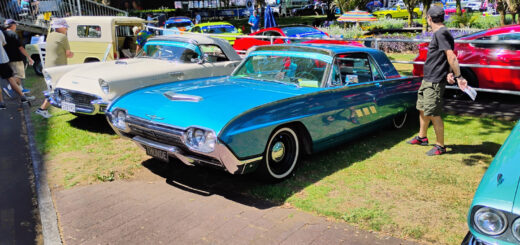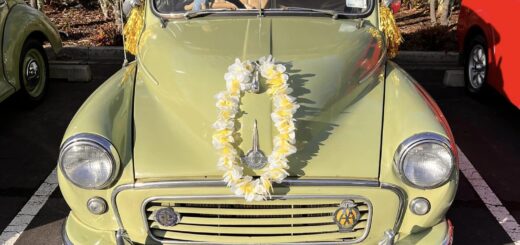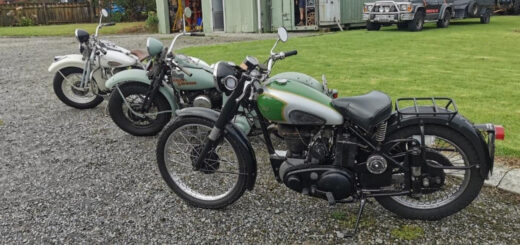Clutch Adjustment.
As the friction linings, on the driven plate of the clutch, wear, the slight free movement that should exist at the clutch pedal will gradually be taken up. When all the free play has been eliminated there is a risk of the clutch beginning to slip under load, causing overheating and rapid deterioration of the linings. A free movement at the pedal of at least 1″ should be maintained by releasing the locknut and screwing the adjusting nut the required amount towards the front of the car. If the clutch does not free properly when the adjustment is correct the trouble must lie at some point within the clutch mechanism and will call for specialist attention. When clutch judder develops the most likely cause is worn or glazed friction linings, a defective centre-plate or internal release mechanism. Before deciding to have the clutch overhauled, however, check the adjustment of the engine tie-rod. The central hexagonal section should be adjusted so that the rod is neither in tension nor under compression when the end nuts are tightened with the engine at rest. The end nuts (which are self-locking) should not be pulled up too tightly as the rubber bushes are intended to give a certain amount of resilience.





